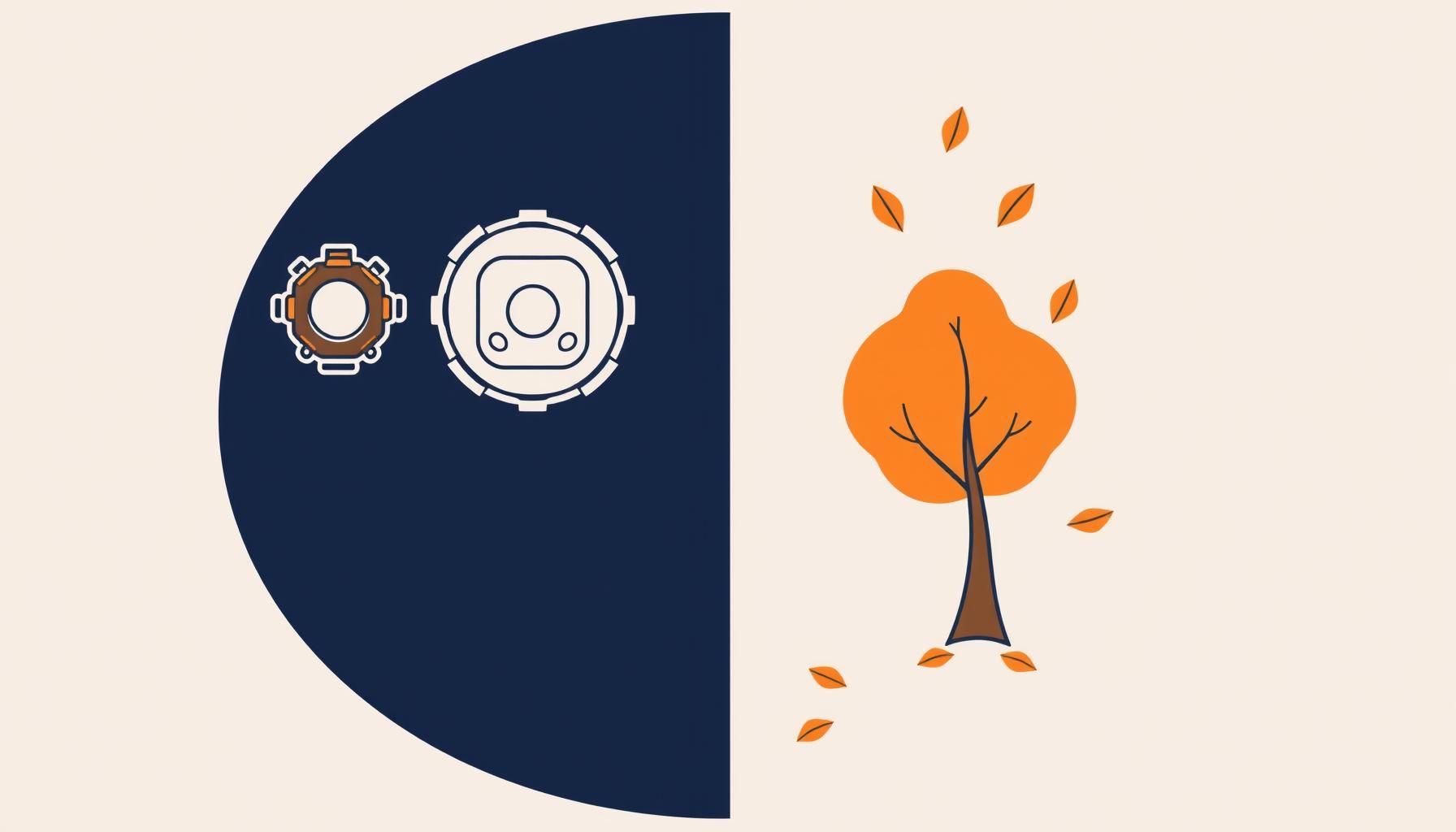
On a partly cloudy afternoon in late August, as summer begins to transition, I find myself reflecting on how quickly our world is changing—especially when it comes to education. My daughter, with her curious eyes and endless questions about how things work, represents the next generation that will grow up alongside artificial intelligence. The recent headlines about AI in education have sparked conversations in parenting circles, leaving many of us wondering: how do we prepare our children for a future where AI is omnipresent without losing sight of what truly matters in their childhood learning? Finding that sweet spot feels like walking a tightrope—exciting yet nerve-wracking!
How Is AI Transforming Childhood Education Today?
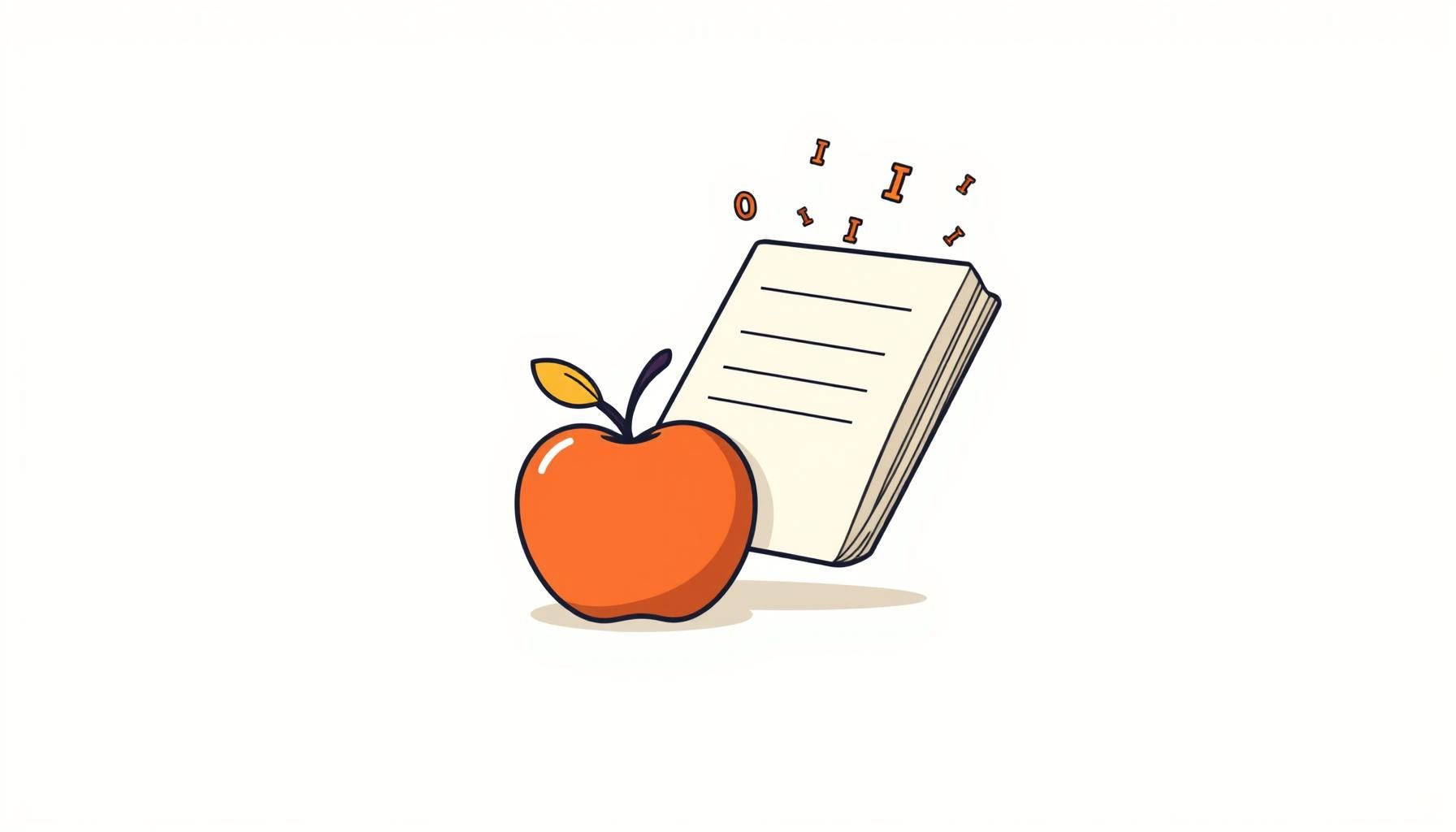
Recent research reveals that about 38% of educators are already using AI in their classrooms, while 37% report never using it at all. Buckle up—this tech revolution is reshaping learning in ways that’ll make your head spin! Imagine your child receiving a math lesson tailored precisely to their learning pace, or a reading program that adapts to their unique strengths and challenges. Pretty cool, right? But here’s the flip side…
These numbers show we’re at a crossroads—because as one recent article cautioned, we shouldn’t simply hand over our children’s education to algorithms. There’s something precious about the human element in learning—the spark that flies when a teacher connects with a student, the patience shown when a concept is difficult, and the celebration when understanding finally clicks. These moments form the foundation of not just academic growth, but character development as well.
The challenge, then, is finding that sweet spot in AI education balance where technology enhances rather than replaces the irreplaceable aspects of childhood learning. It’s not about resisting change, but about ensuring that change serves our highest values and best intentions for our children’s development.
Why Should We Teach AI Literacy to Children?
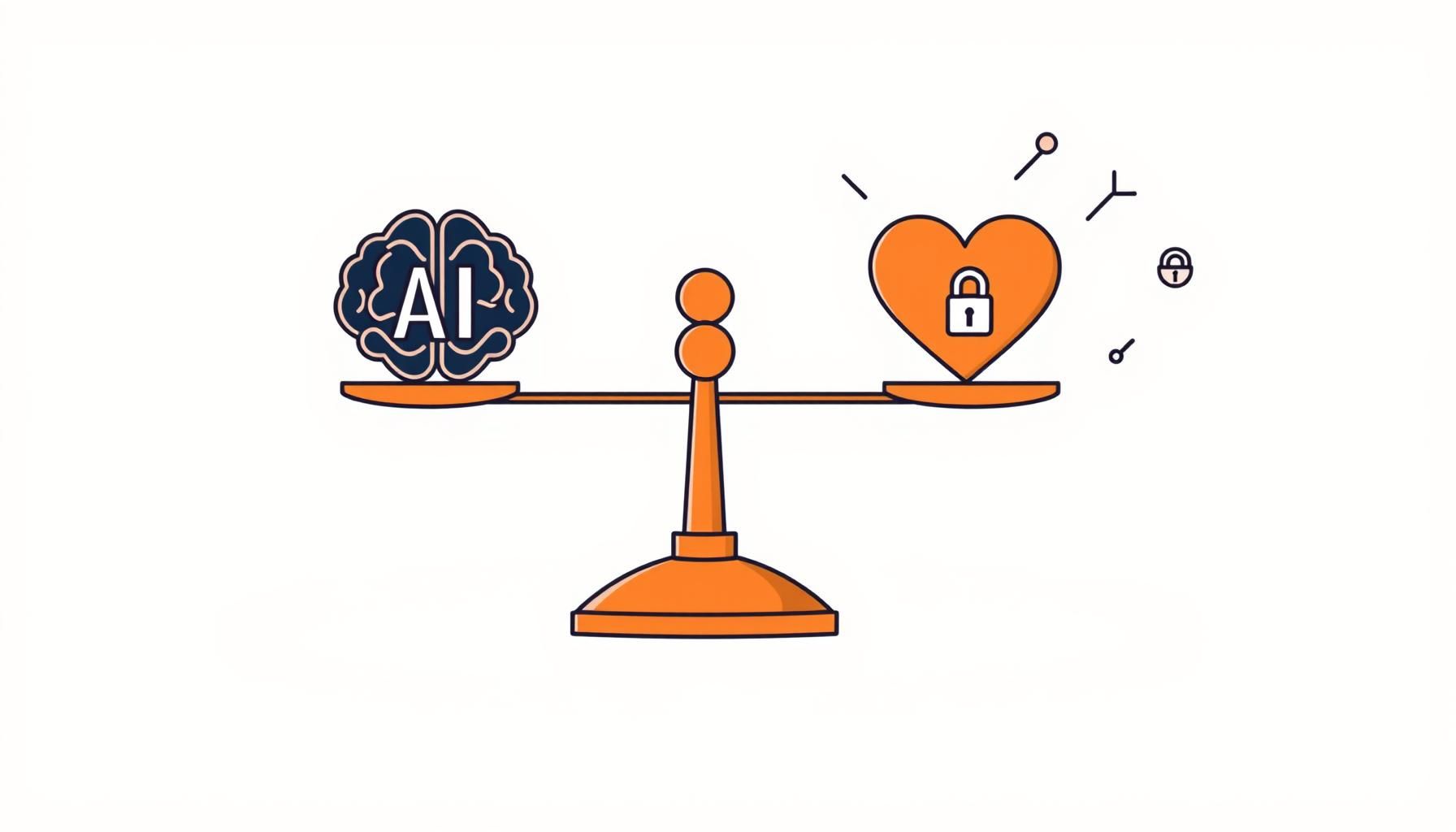
Rather than prohibiting AI tools entirely, experts suggest we focus on developing “AI literacy” in our children. This means helping them understand how AI works, how to evaluate its outputs critically, and how to use these tools ethically and effectively. It’s similar to teaching them to use a calculator—they need to understand both how to operate it and when not to rely on it completely.
As a parent, I see this as an opportunity to engage in meaningful conversations with my daughter about technology. We can explore how AI works in simple terms, test different educational apps together, and discuss the importance of thinking for ourselves even when we have helpful tools at our disposal. We tried an AI app last week—total disaster when it suggested 2+2=5! Cue our laughter and a great chat about double-checking facts. This isn’t just about preparing them for a future workplace; it’s about nurturing critical thinking skills that will serve them throughout life.
When I think about my own childhood, I remember the satisfaction of working through a challenging problem without assistance. There’s value in that struggle—it builds resilience and deeper understanding. At the same time, I recognize that today’s children have tools we never dreamed of, and learning to leverage those tools wisely is a crucial skill in itself.
How Can We Maintain Human Connection in Digital Learning?
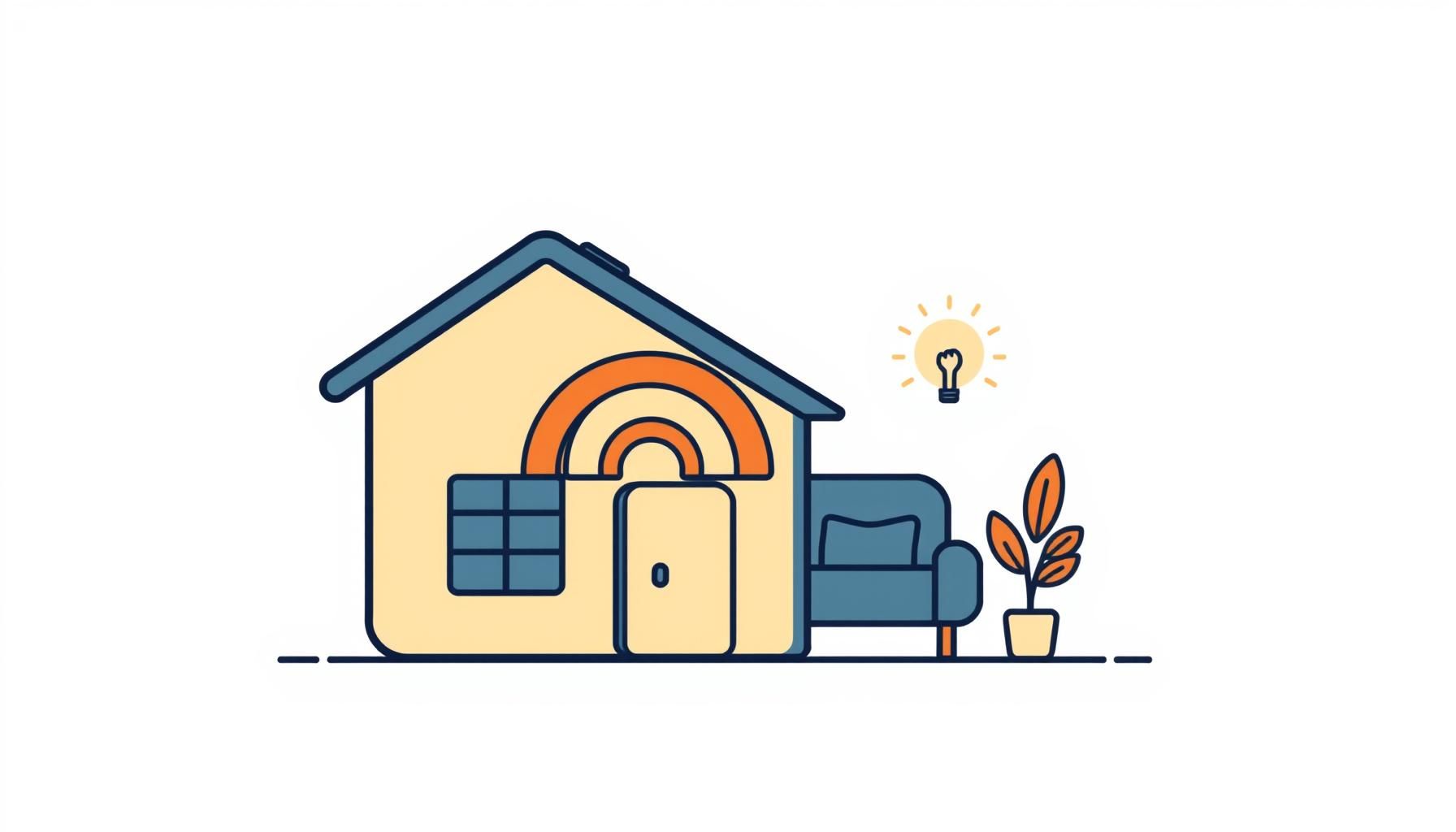
Despite the exciting possibilities, AI-powered learning isn’t without risks. Privacy concerns arise when student data is collected and analyzed. There’s also the danger of over-reliance on technology, potentially reducing valuable human interactions that are so vital for social and emotional development.
The most effective approach, it seems, is integration rather than replacement. AI can handle routine tasks and provide personalized practice, freeing up teachers (and parents) to focus on relationship-building, ethical discussions, and deeper conceptual understanding. In our home, this might mean using an AI app for math practice on busy days, but always making time for bedtime stories where we discuss not just the plot, but the values and lessons within. Think about how we pass down family recipes AND tech wisdom—both need that human touch to mean something lasting.
I’ve found that balance often comes down to intentionality in maintaining human connection. When we deliberately choose when to use technology and when to put it aside, we maintain control over our family’s educational values and experiences. It’s like choosing between taking a car for a long journey versus walking to the park—both have their place, but each serves a different purpose and provides different benefits.
What Are Practical Ways to Balance AI in Childhood Learning?
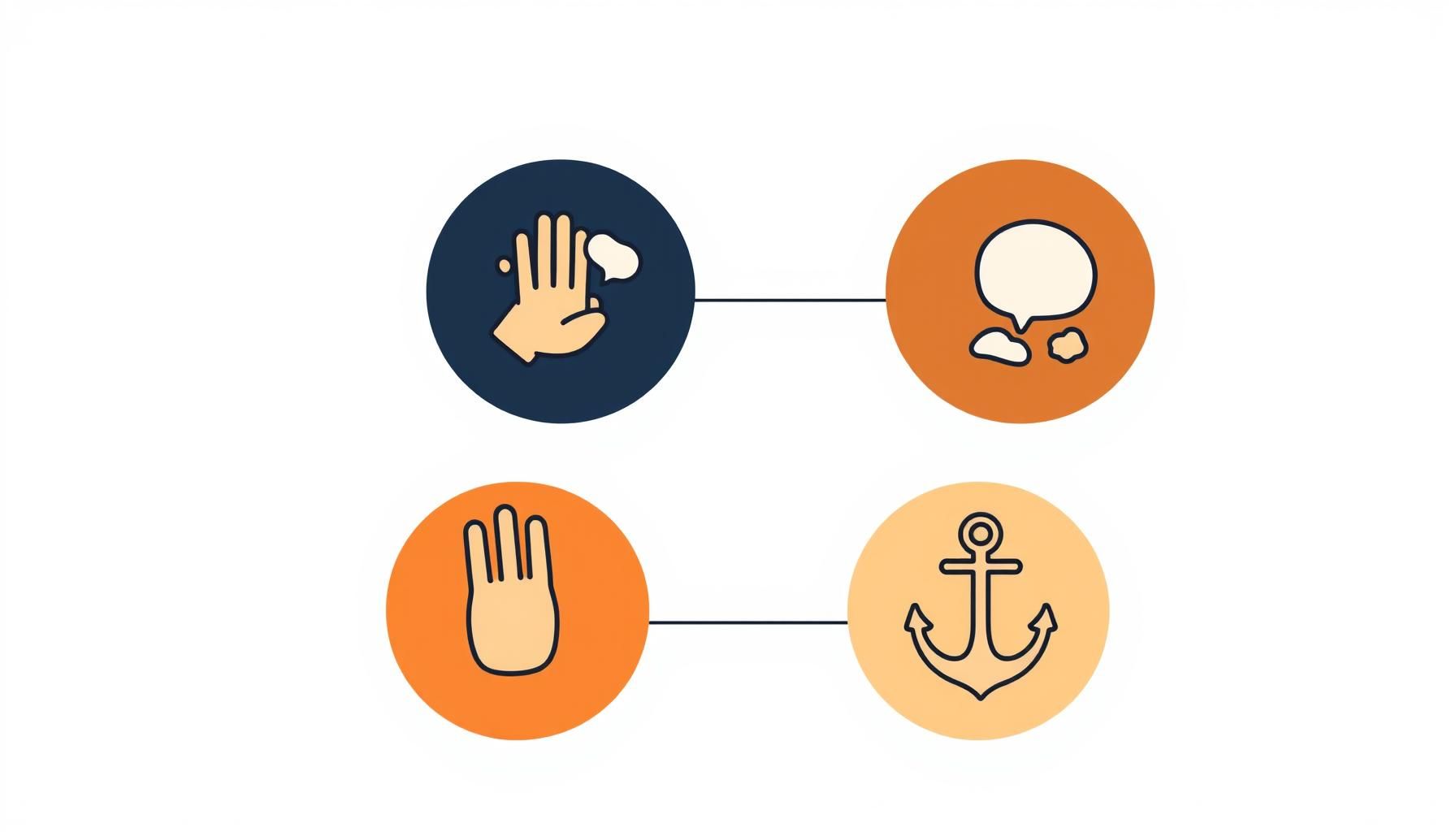
As you navigate these waters with your own children, consider these practical approaches for finding the AI education balance:
- Start with curiosity: Explore AI tools together with your child. Let them ask questions and experiment in a supervised environment.
- Set boundaries: Just as you would with screen time in general, establish clear guidelines for when and how AI tools can be used.
- Emphasize critical thinking: Teach your child to question AI outputs and verify information from multiple sources.
- Maintain human connections: Ensure that technology enhances rather than replaces the valuable face-to-face interactions that build character and community.
- Stay informed: The field of AI in education is rapidly evolving. Keep learning alongside your child.
How Do We Prepare Our Children’s Learning Journey?
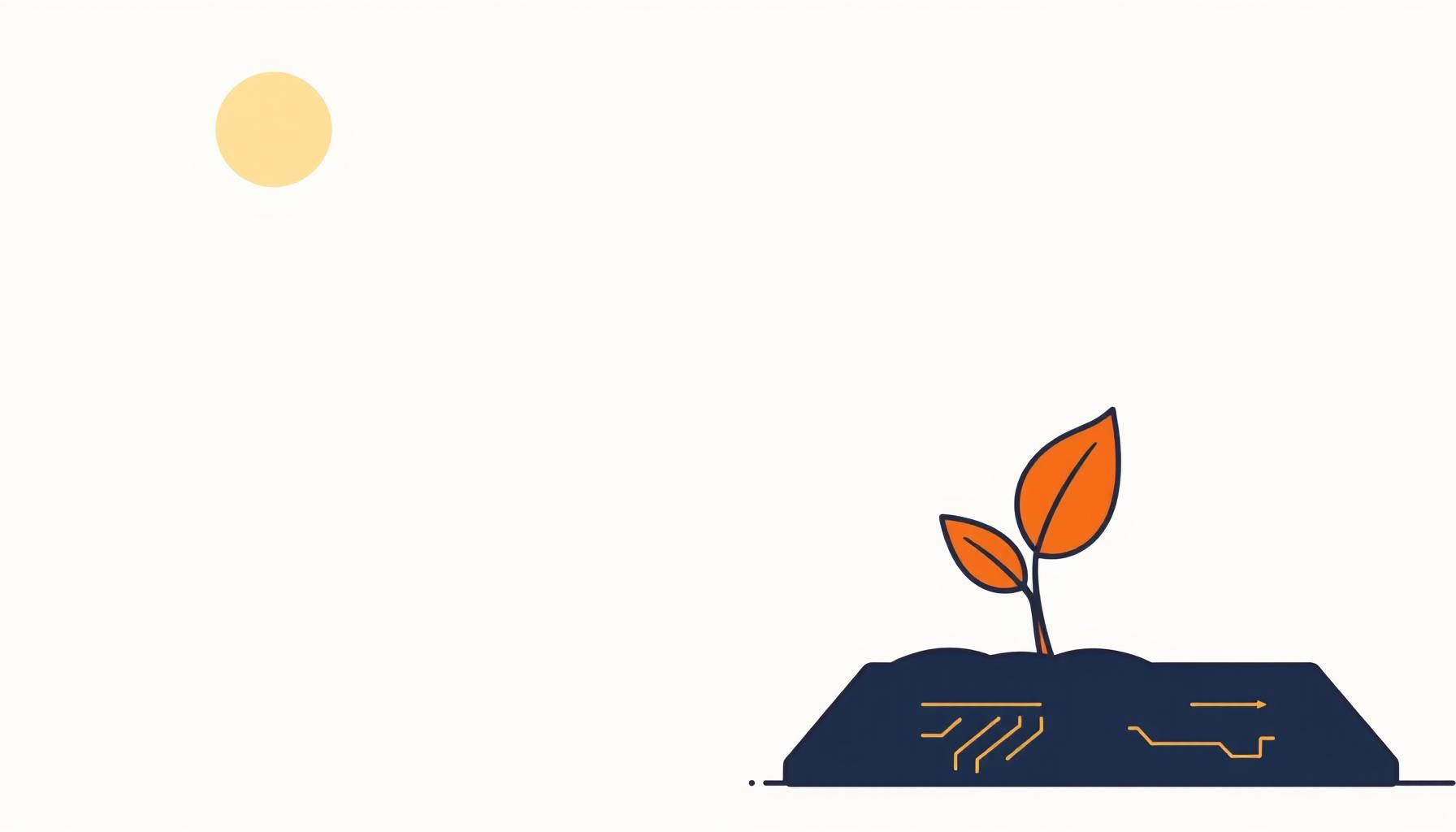
As I watch my daughter grow and learn in this rapidly changing world, I’m reminded that while the tools of education may evolve, the fundamentals of childhood learning remain the same: curiosity, critical thinking, character development, and connection—both to knowledge and to each other. By approaching AI thoughtfully and intentionally, we can embrace these technological advances without sacrificing what makes education truly transformative.
When I tuck my kiddo in tonight, I’ll wonder—are we giving her roots strong enough to grow AND wings ready for new horizons? In the end, whether we’re using the latest AI tools or traditional teaching methods, what matters most is the love, guidance, and wisdom we pour into our children’s lives. That’s something no algorithm can replicate—the irreplaceable human connection at the heart of learning.
Source: A La Carte (August 25), Challies, 2025-08-25 04:01:00
